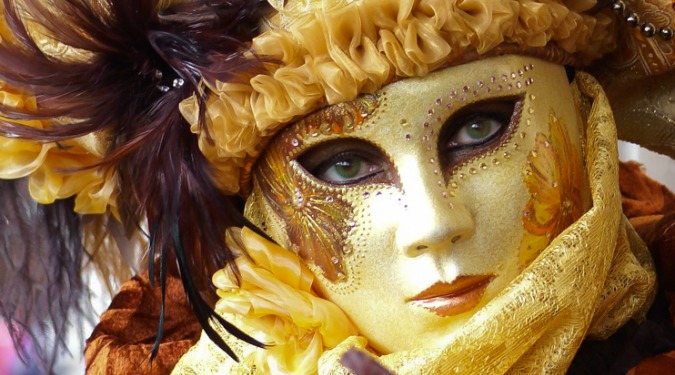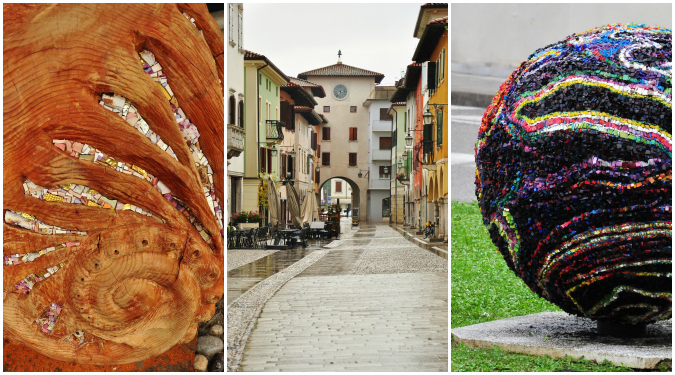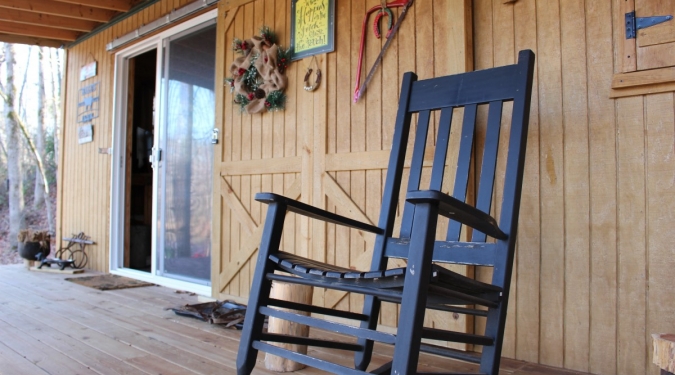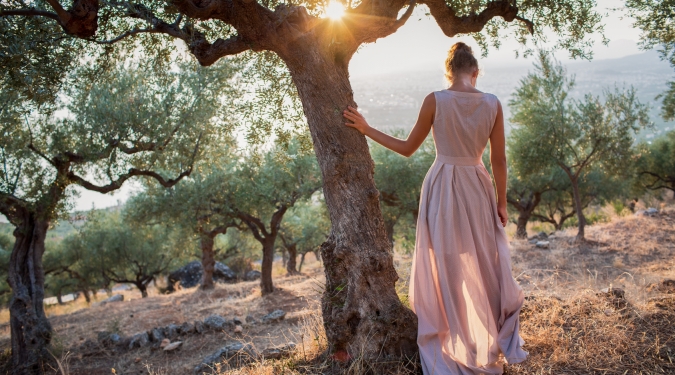What To See During The Carnival In Venice
What To See During The Carnival In Venice

Carnival has just come to an end in one of the most beautiful cities of the world. Were you there to experience it first-hand like I was?
If you weren't, that's OK! I've documented my experience and gathered together a list of useful tips that you can use for next year's Carnival!
A Little History
Carnival is one of the most important festivals celebrated in Venice and it’s lengthy history dates back about a thousand years.
During Carnival, Venetians both rich and poor could dress up with masks and become someone else for a short time, enjoying the fun of the festival in a relaxed and carefree way.
Today, Carnival lasts about two weeks and always ends with “Fat Tuesday” (the day before Ash Wednesday). Years ago, however, it could start as early as October or December, lasting for months!
The typical greeting between those wearing the masks as they passed one another on the street was, “Good morning, Ms. Mask!” The most popular disguise (and that can still be seen today walking around the city during Carnival) was the Bauta, a simple white mask that completely covered one’s face, worn together with a triangular hat and a black coat. This was a mask that was also used on different occasions during Carnival: for example, the Venetian lords wore them so that they would not be recognized when out gambling (a very popular activity in the city at the time).
Carnival Today
Today during Carnival you can see quite a variety of masks, ranging from the most traditional (such as the Bauta) to the Doctor of the Plague and Harlequin to name a few.
Modern masks are often inspired by real life current events, books or popular films of the moment.
The masks that now characterize the Venice Carnival worldwide are extremely elaborate: they completely cover the face, leaving only the eyes, and prestigious, bright colored clothing is worn.
They are also rather vain, proudly displaying themselves in Piazza San Marco, in front of the gondolas and the lagoon, or peeking out from between the columns of the Ducal Palace. Expecting to be photographed, they pose while dozens of photographers and tourists surround them, fascinated by their mystery and beauty.
The Main Events of Carnival in Venice
For anyone who is planning a trip to Venice, obviously the Carnival period is one of the busiest, but it is also one of the most beautiful and characteristic, enhanced by a full program of events. There are demonstrations in the streets - some of which are real pageants - to private masquerade balls that take place within luxury and antique Venetian palaces (these are, of course, are extremely exclusive affairs).
Here are some of the most famous and important events:
The Festival of the Marie
This festival takes place every year on the first Saturday of the carnival. It recalls the ancient tradition where, from all of the couples who were to be married in the coming year, the 12 poorest were selected to be dressed in rich clothing and paraded around the city in elegance.
Today, 12 girls, two from each district of Venice, are selected to parade the streets in beautiful period clothing and then the most beautiful “Maria” is chosen.
The Flight of the Angel (Flight of the Dove)
Every year on the first Sunday of the Carnival, a company of Turkish tightrope walkers used to tempt their fate by walking on a rope that is strung between the bell tower of San Marco and a boat moored in the lagoon.
This tradition has since been replaced, and today a woman (usually a celebrity) descends from the bell tower of San Marco in a harness attached to a steel rope. This inaugurates the festival.
The Dance of the Doge
The Dance of the Doge is one of the most exclusive events of the Venetian Carnival. This masquerade ball is held in Palazzo Pisani Moretta, one of the luxurious residences located along the Grand Canal. At the ball, it’s common to see international artists perform and there are also many VIPs who hide themselves behind masks and stunning costumes.
A Few Tips
1. Given that during Carnival, the city is crowded, my advice to you is to admire and enjoy the masks and Venice festival on the weekdays, because on the weekends it is often difficult to make your way through the crowd.
2. Obviously you can not visit Piazza San Marco because the heart of the festival is right there, but just wandering through the streets of the city to enjoy beautiful views and less tourist areas might help you to stumble upon some masks that no one else has the pleasure of photographing.
3. Do not buy masks from the numerous little stands or souvenir shops: head to a store of real handmade Venetian masks. A hand crafted mask craft will certainly cost a little more, but this is the only way to have something that is truly Made in Italy.
4. Don’t forget to stop at a pastry shop and taste the sweets of the Venice Carnival: galani (sheets of fried dough that are dusted with powdered sugar) or frittelle which can contain a variety of fillings (chocolate, cream, zabaione, and the real Venetian fritelle contain raisins inside.)
*This article has been translated and edited by Rachel Rushing (blog contributor).






